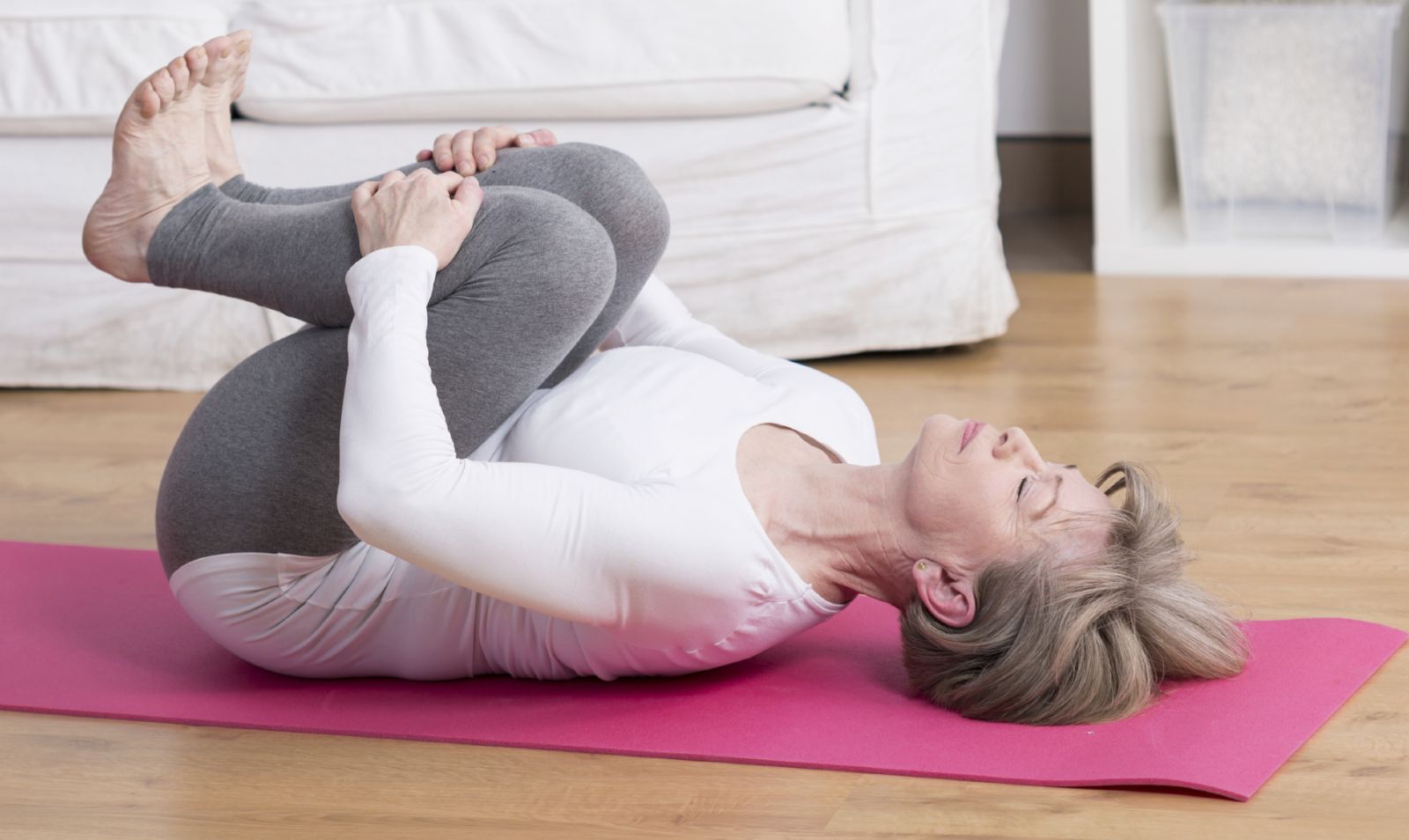

 Stretching and strengthening daily is your best bet to delay the next attack of low back pain.
Stretching and strengthening daily is your best bet to delay the next attack of low back pain.
When low back pain flares up, most men can't do more than grit their teeth, reach for a numbing cold pack, and wait for it to get better. Four out of five of us experience low back pain sometime in our lives, but this common source of suffering is also an opportunity.
"An episode of acute low back pain is a call to action for people who are simply not exercisers," says Dr. Jeffrey N. Katz, professor of orthopedic surgery and medicine at Harvard Medical School. "It is a good time to make a commitment to exercise when you are starting to feel a bit better—typically in a few weeks."
It's important to understand that exercise is not guaranteed to eliminate back pain; however, exercise could make it less frequent. "You could have a lower risk of flare-ups over the subsequent year," Dr. Katz says.
Low back pain due to muscle strain or muscle spasm is amenable to exercise. But if the pain traces to a problem in the spine, approach exercise more cautiously. One common warning sign of a spine-related problem is sciatica, or pain that radiates from the back down into the leg. The pain may be accompanied by a tingling "pins and needles" sensation. If you have sciatica, don't begin a new exercise program without speaking to a doctor.
Less commonly, low back pain can be a "red flag" that warrants immediate medical attention if it takes any of these forms:
back pain with fever
pain that does not improve or worsens
numbness in the groin
loss of bladder or bowel control
leg weakness
inability to find a comfortable sitting or sleeping position during episodes of back pain.
When back pain is severe, remain up and around to the extent possible. Extended bed rest is not good during a bout of severe back pain, but neither is rushing into stretching and strengthening exercises, according to research.
"If you have an episode of low back pain and try to start exercising the next day, that turns out not to be that helpful," Dr. Katz says. Instead, resume your normal activities as soon as possible, but avoid lifting heavy weight and engaging in physical activities that exert sudden stresses on your back, like jogging or shoveling snow.
When the severe pain subsides, gradually begin daily, gentle exercises to stretch and strengthen the muscles that support the lumbar spine. Stronger and more flexible muscles may be less prone to injury.
The exercises illustrated below are classic starter moves. Ask your doctor for advice on which exercises to do and how often. A daily routine is ideal.
The studies conducted to date have not identified any particular type or level of exercise that works better than others for preventing low back pain. However, people who exercise regularly, compared with those who do not, tend to have fewer recurrences of back pain over time.
Gentle yoga shows some promise for low back pain. In yoga, you position your body in set poses for short periods. This relaxes muscle tension, expands range of motion in the joints, and builds muscle strength. But beware: pushing muscles and joints too far too fast can lead to injury. If you have a history of low back pain, don't start yoga before you clear it with your doctor and then work with an experienced teacher who is aware of your back condition.
Whatever form of exercise you try for back pain, approach it as a trial run with a specific endpoint, Dr. Katz advises. "It doesn't take a year to establish that a type of exercise, like yoga, doesn't work. But it's all right to give something a try."
Back exercise starter movesDaily stretching and strengthening exercises can help to prevent flare-ups of back pain related to muscle strains and sprains. Perform these three exercises daily after a back pain flare-up subsides and your doctor says it's safe. Take it slow, and stop if it hurts. |
||
|
Starting with the knees bent, pull one knee to your chest and hold the stretched position for 5 to 10 seconds. Alternate sides; repeat 5 to 10 times each. |
Starting with the knees bent, pull both knees to your chest and hold the stretched position for 5 to 10 seconds. Repeat 5 to 10 times. |
Starting with the knees bent, flatten your lower back to the bed or floor. Hold the back flat for 5 to 10 seconds. Repeat 10 times. |
Copyright © www.orthopaedics.win Bone Health All Rights Reserved